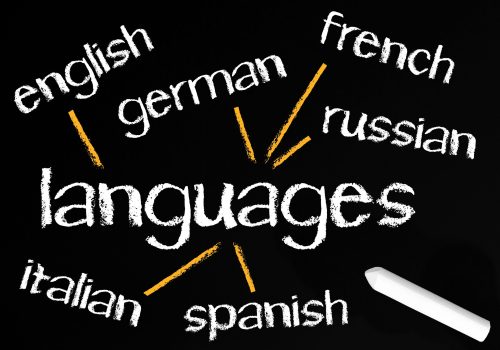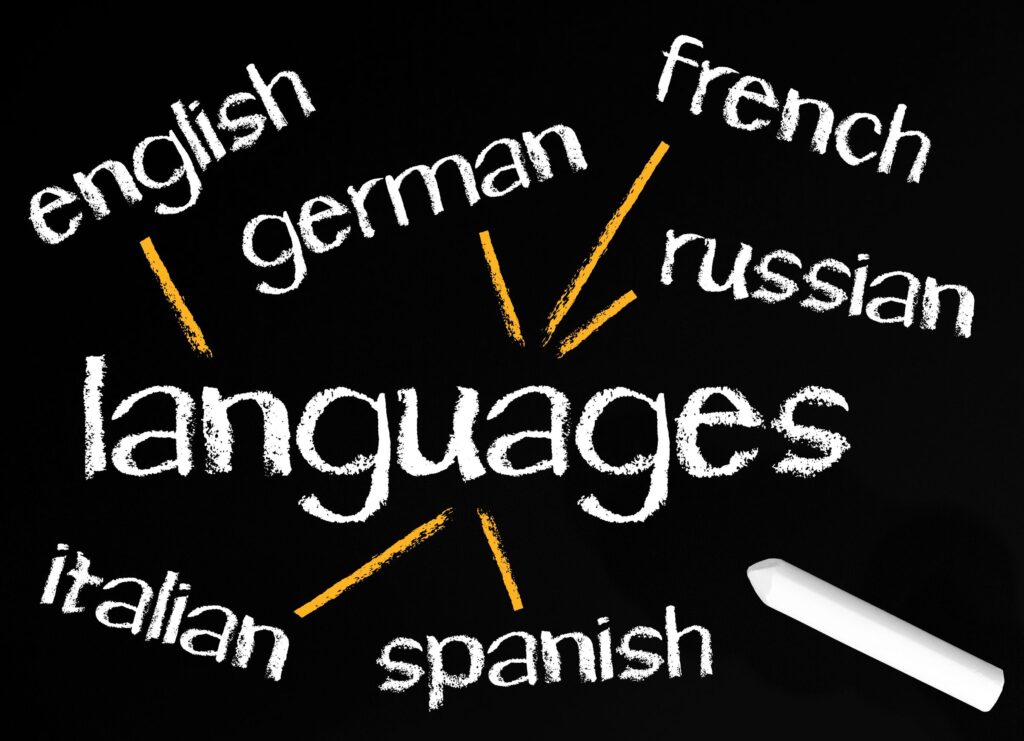What language do most buyers use on websites? This is a question that many business owners are curious about. After all, you want to ensure that you provide the best possible experience for your customers.
In this blog post, we will take a look at some of the statistics surrounding this topic. We will also discuss how you can translate your website into different languages to reach a larger audience!
What are the most popular languages used in most eCommerce websites?
There are a few different ways to answer this question. First, let’s look at the most popular languages used on websites around the world. According to W3Techs, English is the most common language used on the internet. This shouldn’t come as a surprise, as English is the most widely spoken language in the world. However, it’s important to note that not all English speakers are from the United States. In fact, there are many English speakers in countries like India, Pakistan, and even Nigeria.
So, what does this mean for businesses that are looking to sell online? It means that you should definitely consider translating your website into English. Not only will this make it easier for buyers worldwide to understand your products and services, but it will also help you rank higher in search engines.
In addition to English, other popular languages used on websites include Chinese, Spanish, French, and German. Again, these are all languages that are spoken by a large number of people around the world. If you want to reach a global audience, it’s definitely worth considering translating your website into these languages.
What language do most buyers use on websites?
Now that we’ve looked at the most popular languages used on websites around the world, let’s take a more specific look at this question: What language do most buyers use on websites?
According to BigCommerce, the answer to this question depends on the region. For example, they found that buyers in North America are more likely to use English when shopping online. However, buyers in Europe are more likely to use their native language when shopping online. This is likely due to the fact that many European countries have multiple official languages. As a result, it makes sense for buyers to use their native language when shopping online.
If you’re selling products or services to buyers in North America, then English should be your default language. However, if you’re selling products or services to European buyers, you should consider translating your website into multiple languages. This will ensure that you provide the best possible experience for your customers.
What languages have the most internet content?
In addition to looking at the most popular languages used on websites, we can also look at the most popular languages used for internet content. According to InternetLiveStats, the top five languages used for internet content are English, Chinese, Spanish, Arabic, and Russian.
What does this mean for businesses? It means that you should consider translating your website into these languages. Not only will this help you reach a larger audience, but it will also help you rank higher in search engines. After all, Google and other search engines prefer websites that provide content in multiple languages.
What is the fastest-growing language on the internet?
Finally, let’s take a look at the fastest-growing language on the internet. According to W3Techs, the answer to this question is Hindi. In fact, Hindi has been one of the fastest-growing languages on the internet for a few years now.
It means that you should consider translating your website into Hindi. Not only will this help you reach a larger audience, but it will also help you stay ahead of the curve. As more and more people around the world start using Hindi as their primary language online, businesses that don’t translate their websites into Hindi will be at a disadvantage.
How do I translate my website?
Now that we’ve looked at some of the most important questions about website translation, let’s look at how you can actually translate your website. If you want to do it yourself, you’ll need to create a separate version of your website for each language you want to support. This can be a lot of work, and it’s not always possible to do a perfect job. For this reason, many businesses choose to use a professional translation service.
A professional translation service will have a team of experienced translators who can translate your website into multiple languages. In addition, they can also help you ensure that your website is properly optimized for search engines. This is important because, as we’ve already seen, Google and other search engines prefer websites that provide content in multiple languages.
You should keep a few things in mind if you want to use a professional translation service. First, make sure you choose a service that offers human translation. This is important because machine translation is not always accurate. Second, make sure you choose a service that offers SEO-friendly translations. This will help you ensure that your website is properly optimized for search engines.
Finally, make sure you choose a service that offers fast turnaround times. This is important because you don’t want to wait weeks or even months for your website to be translated.
As you can see, there are a few different factors to consider when answering the question: What language do most buyers use on websites? However, the most important factor is your target audience. If you’re selling products or services to buyers in North America, then English should be your default language.
However, if you’re selling products or services to European buyers, you should consider translating your website into multiple languages. This will ensure that you provide the best possible experience for your customers.




